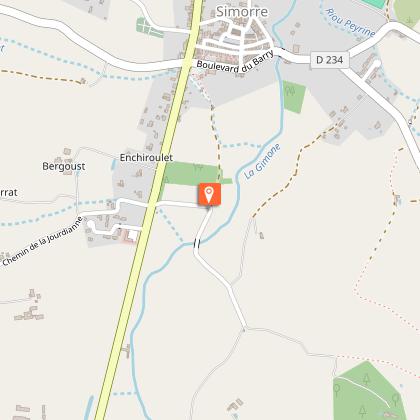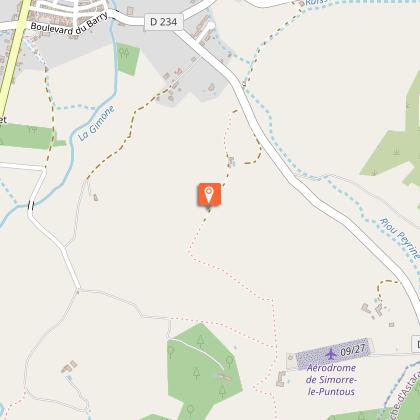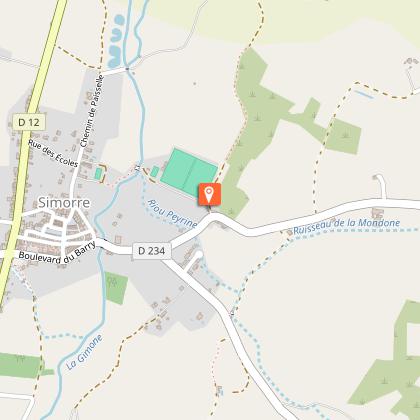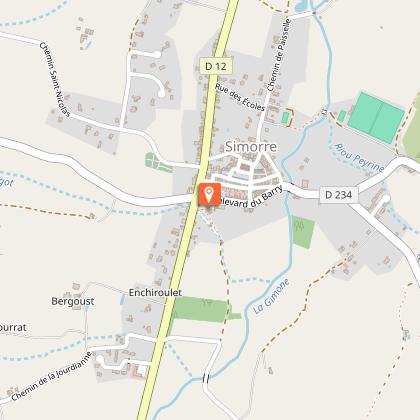Alert
Alerts
Sentier a p'Art
IGN cards
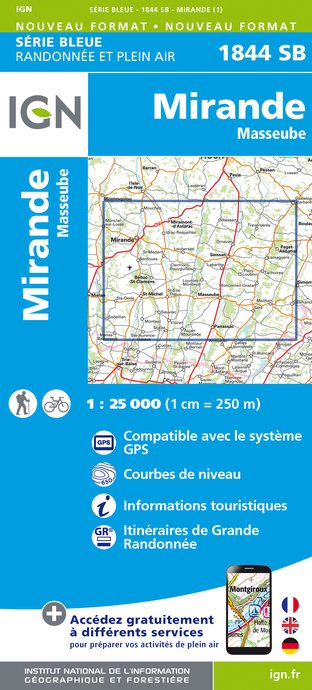



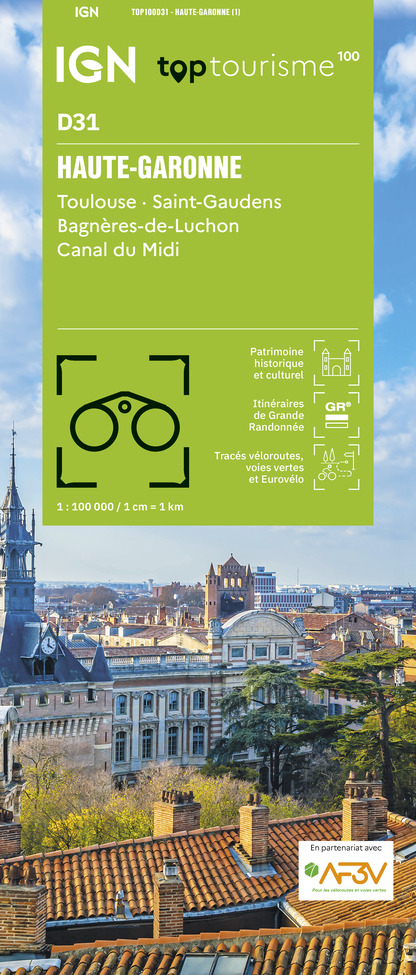



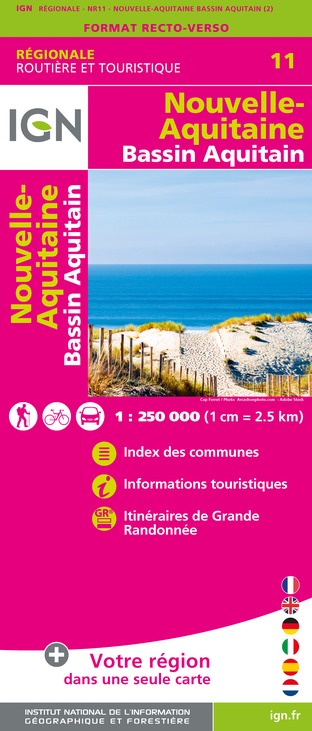
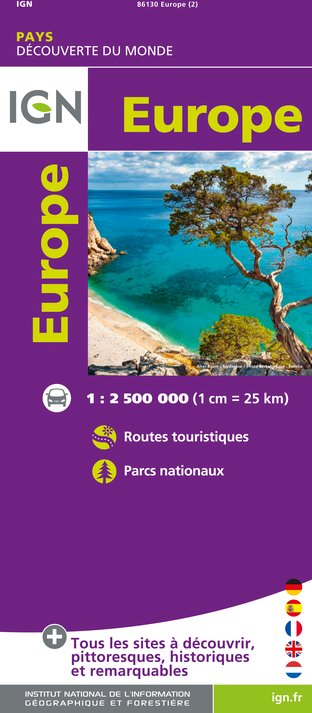
Description
Works of art are installed in the middle of nature, on a hiking trail, for the pleasure of young and old curious.
This walk invites you to take a close and artistic look at the natural environment.
The artistic creation was entrusted to Coline Vergez, a local artist already well known in Simorre. His reflection on rural art and environmental concerns lead him to work with local artists and artisans for the realization of his 5 works and the signage of the course, using sustainable materials and/ or recovery.
Collaborations:
Jean-Michel Carcy, ironman of art in Seissan realized the arrows,
Kriss Fabr'Hic, artisan of art recycler in Biran created the birds,
Crhistophe Moine "Xof" recuperist diverter has realized the "Cycloraptosaurus",
Aliénor Rajade glass artist in Simorre has realized "Insects in light",
Jeff Cervera, cabinetmaker in Simorre has directed "La Pause des deux horizons",
Stéphane Vincent carpenter of marine in Simorre, has realized "L'oeil du cocon",
Juju and Dédé (MH Services) in l'Isle-en-Dodon have realized "The flight of flavors".
A dossier "under the magnifying glass" gives you all the details about the artists, as well as the small exhibition presented in the tourist information office of Simorre.
Discover or rediscover the p'Art trail with a series of audio guides.
Along the trail, discover the explanations of Coline Vergez, the creator of the trail.
Get on the trail using the materials available at the tourist information offices of Gimont and Simorre and flash the QR code of the document as you go.
The audio files are also available for online listening on our website.
Starting point at the car park of the railway in Simorre
Distance: 4 km (walking time 1h-1h30)
Detailed file on the Path to p'Art available at the Tourist Office Coteaux Arrats Gimone.
Technical Information
Altimetric profile
Starting point
Steps
Points of interest
Additional information
Updated by
Office de Tourisme Coteaux Arrats Gimone - 18/09/2025
Report a problem
Open period
All year round daily.
Contact
Phone : 05 62 67 77 87
Email : contact@tourisme-3cag-gers.com
Website : www.tourisme-3cag-gers.com/
Type of land
Ground
Animals
Yes. Animals kept on a leash.
